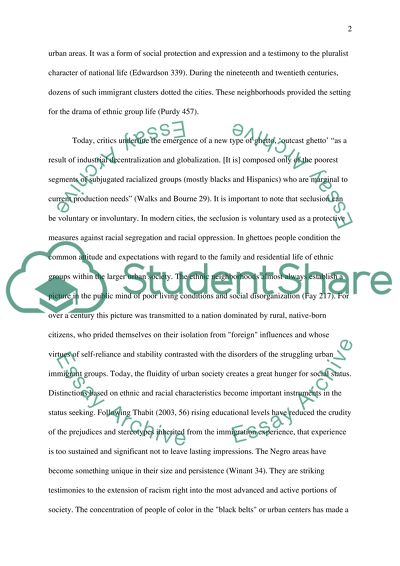Ghetto Formation Essay Example | Topics and Well Written Essays - 750 words. Retrieved from https://studentshare.org/miscellaneous/1512216-ghetto-formation
Ghetto Formation Essay Example | Topics and Well Written Essays - 750 Words. https://studentshare.org/miscellaneous/1512216-ghetto-formation.


